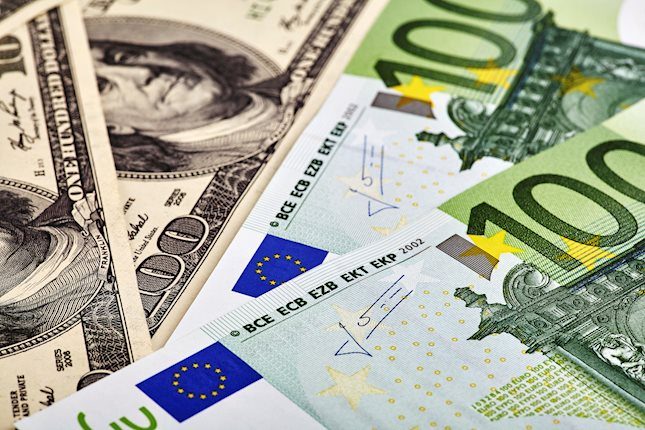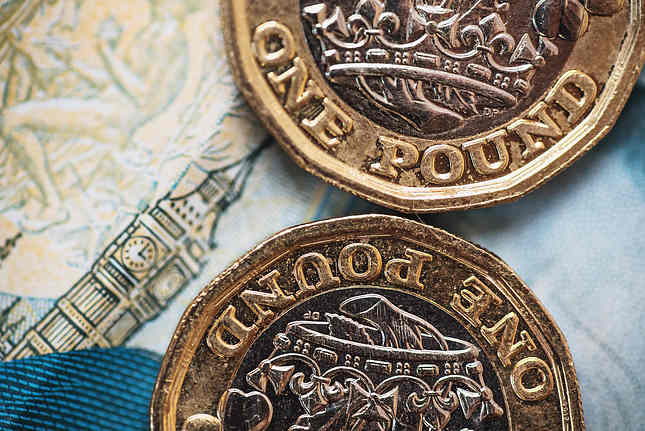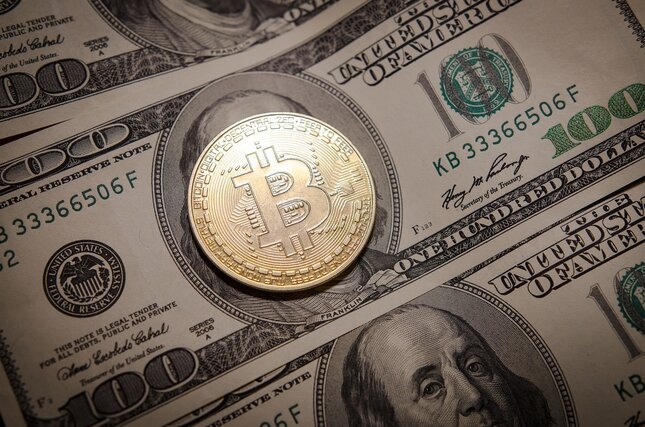T-Minus A Still Considerable Period Till Lift-Oft
There had been some thought that the FOMC would replace the calendar guidance with some sort of data-specific targets at the September FOMC meeting because they could explain the changes at the press conference following the meeting. Such a change, however, would have run the risk of rocking the boat, just as it was about to dock. The wind down of QE has gone remarkably well, with economic growth gaining momentum, the stock market bounding higher and no repeat of the Spring 2013 Taper Tantrum. Why risk all this progress when virtually every credible scenario still has the Fed waiting at least six months before raising the federal funds rate?How the Fed dealt with the considerable time language is instructive because it provides hints as to how future policy changes will be enacted. The Fed has provided a map of how it intends to normalize monetary policy. The plan calls for raising the federal funds rate and other short-term interest rates to “more normal levels” and reducing the Federal Reserve’s securities holdings. Accomplishing this without roiling the financial markets or upending the economic recovery will require a great deal of finesse. The Fed needs to provide clear and credible guidance about its expectations for economic growth, inflation and interest rates. This makes for a pretty straightforward projection on short-term interest rates. Our forecast for the federal funds rate closely follows the mid-point of the FOMC’s forecast and we expect lift-off to occur in June 2015.
Once the Fed begins to hike interest rates, we expect it to move even more gradually than it did in the 2004-2006 period, when it hiked the federal funds rate a quarter of a percentage point at each FOMC meeting, raising the federal funds rate from 1.00 percent to 5.25 percent, beginning in June 2004. Our forecast has the federal funds rate ending 2015 at 1.00 percent and ending 2016 at 2.75 percent, which is slightly below the mid-point of the Fed’s dot map. The justification for maintaining an easier policy for an even longer period of time today is primarily based on the low inflation and excess slack that is still present in the economy, even though the overall unemployment rate has fallen to 6.1 percent.
Long-term interest rates will likely rise a little faster than short-term rates, at least during the early part of the normalization process. Normally the yield on the 10-year Treasury is above or roughly even with the 10-year moving average of nominal GDP. Times have been anything but normal since the late 1990s, however, as the Fed has worked to combat financial crises, the bursting of the dotcom bubble, the 9/11 attacks, and the Great Recession and its aftermath. Now, with U.S. economic growth back on track and the Federal Reserve winding down their bond purchases, long-term Treasury yields should gradually grind higher and exceed nominal GDP toward the end of 2016
Recommended Content
Editors’ Picks

EUR/USD clings to recovery gains near 1.0850 ahead of Fedspeak
EUR/USD trades in positive territory near 1.0850 on Friday following a four-day slide. China's stimulus optimism and a broad US Dollar correction help the pair retrace the dovish ECB decision-induced decline. All eyes remain on the Fedspeak.

GBP/USD pares UK data-led gains at around 1.3050
GBP/USD is trading at around 1.3050 in the second half of the day on Friday, supported by upbeat UK Retail Sales data and a pullback seen in the US Dollar. Later in the day, comments from Federal Reserve officials will be scrutinized by market participants.

Gold at new record peaks above $2,700 on increased prospects of global easing
Gold (XAU/USD) establishes a foothold above the $2,700 psychological level on Friday after piercing through above this level on the previous day, setting yet another fresh all-time high. Growing prospects of a globally low interest rate environment boost the yellow metal.

Crypto ETF adoption should pick up pace despite slow start, analysts say
Big institutional investors are still wary of allocating funds in Bitcoin spot ETFs, delaying adoption by traditional investors. Demand is expected to increase in the mid-term once institutions open the gates to the crypto asset class.

Canada debates whether to supersize rate cuts
A fourth consecutive Bank of Canada rate cut is expected, but the market senses it will accelerate the move towards neutral policy rates with a 50bp step change. Inflation is finally below target and unemployment is trending higher, but the economy is still growing.

Best Forex Brokers with Low Spreads
VERIFIED Low spreads are crucial for reducing trading costs. Explore top Forex brokers offering competitive spreads and high leverage. Compare options for EUR/USD, GBP/USD, USD/JPY, and Gold.